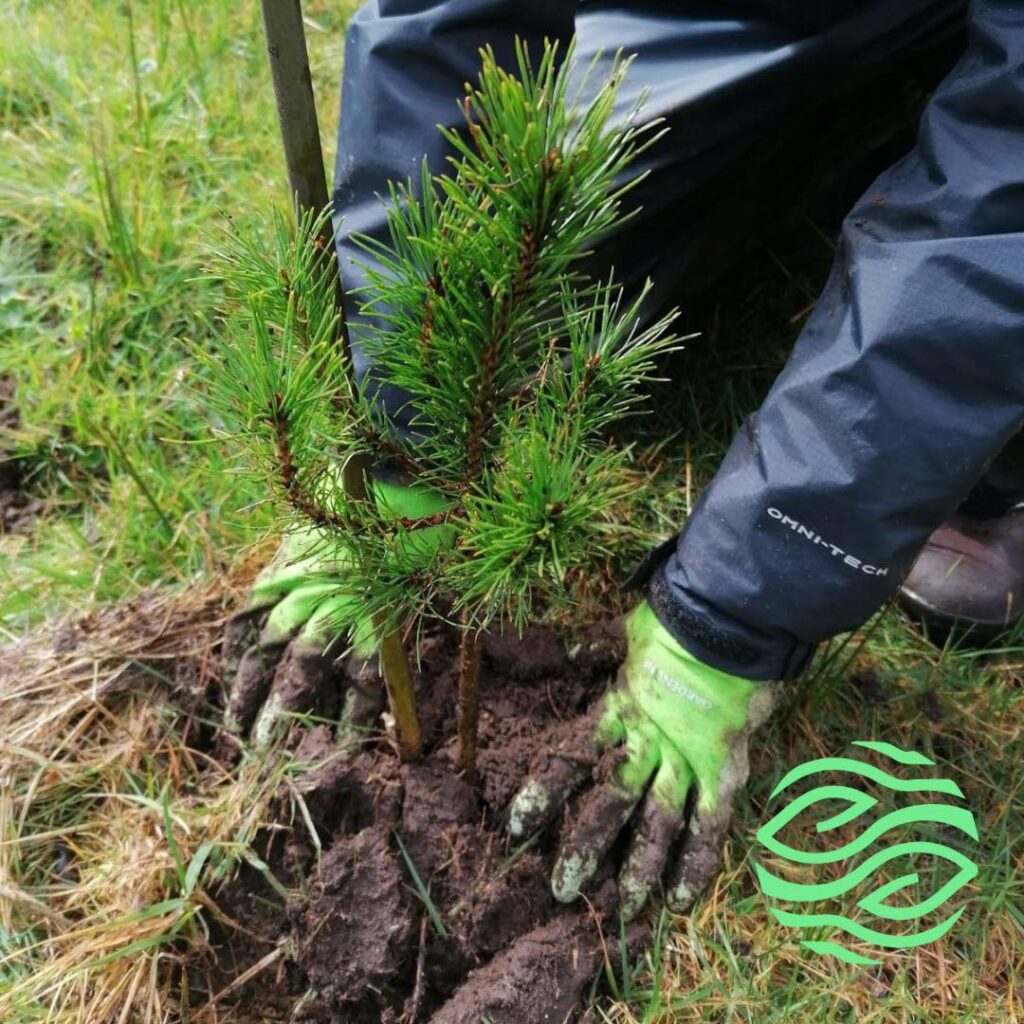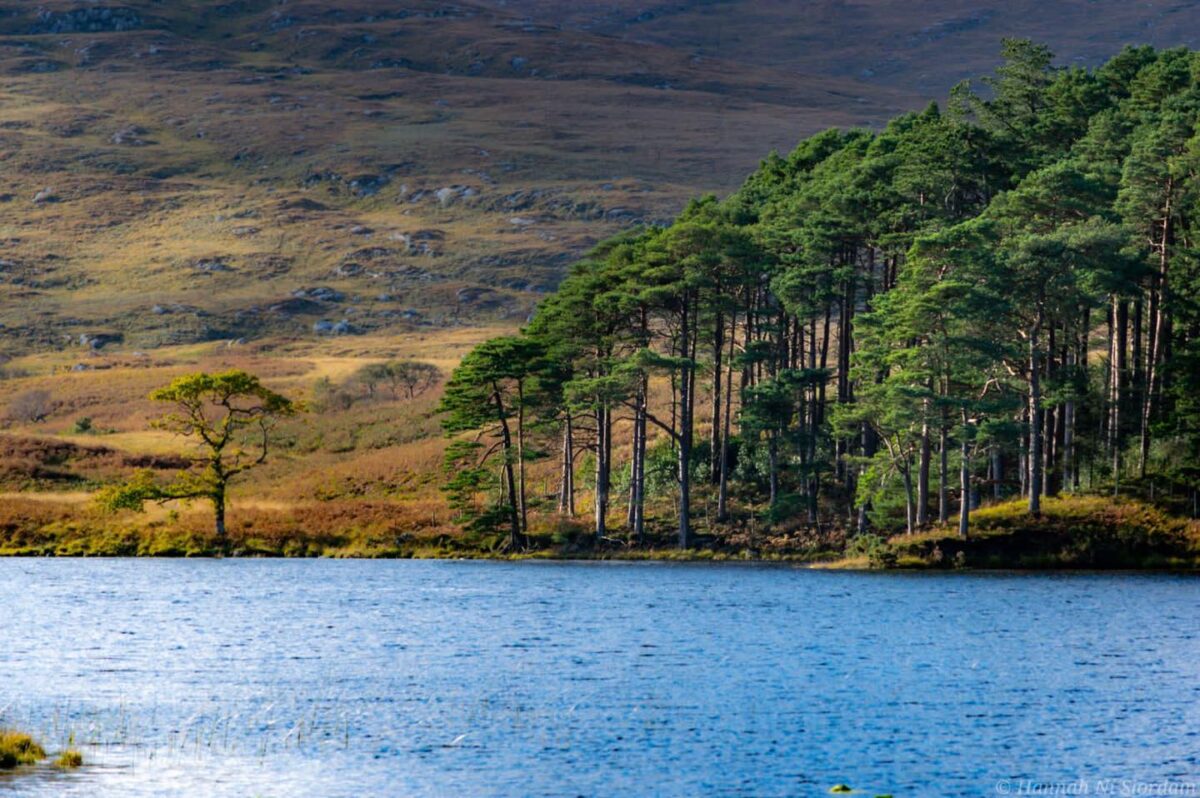Teams at Glenveagh National Park have been commended for their work planting 2,000 native Irish Scots Pine trees.
The plantation is located at the Upper Glen of the park – the largest plantation of its kind that has been established to date.
This activity, which began last summer, is part of a broader suite of measures to improve native woodland habitat conditions in the park.
It was 4,000-6,000 years ago that expansive woodlands of native Scots Pine dominated the Donegal landscape.
While Scots Pine of Scottish origin have been present in the park since the 1860s, the recently-planted trees are of native Irish origin, sourced from a nursery grower in County Galway who collected the pine seed in the Burren National Park, under licence from the National Parks and Wildlife Service.
This native Scots Pine woodland in Glenveagh is the first step in a wider native woodland conservation programme in Glenveagh National Park that will focus on the long-term vision of creating favourable conditions for natural woodland habitat within the park.
Ongoing measures to curb invasive species, deer management and the creation of a tree nursery in the park are also part of this conservation effort.

The Scots Pine seedlings planted were grown from collected seed under permit by a registered collector.
The establishment of a native Irish Scots Pine population at Glenveagh National Park will help to ensure the survival of the native Irish Scots pine and, in years to come, the seed from these trees will be an invaluable source for future generations of the species. The planting location, in a 1.6 hectare field next the Stalking Hut in the upper Glen, has been carefully chosen to ensure the trees will grow well and produce good seed. To establish good woodland, the soil must be suitable and the trees must be safe from grazing deer.
Minister of State for Heritage and Electoral Reform Malcolm Noonan TD said: “Scots Pine is a tree species native to Ireland and its reintroduction to one of our six national parks is testament to the work our National Parks and Wildlife Service is doing to restore native woodlands. Woodland is home to a wealth of wildlife and supports other plants, birds and insects in these ecosystems. I am proud of the work of our teams on the ground in Glenveagh and look forward to seeing these trees develop into a woodland of native Irish trees restoring some of Glenveagh’s natural heritage and paying tribute to its history.”
The reintroduction of the species to Glenveagh National Park has special significance as the Scots Pine has been a part of the park’s history dating back as far as the 1860s. The species was thought to have become extinct in Ireland but was reintroduced from Scotland. Within Glenveagh, the first plantation at Derrylaghan was planted in John George Adair’s time in the mid-1860’s before Glenveagh Castle was built. Later in the 1880’s shelter belts were established for the Castle Gardens in the Pleasure Ground area. More shelter Scots Pine trees were planted around 1900 to the rear of the Castle.
Although it is a common sight in woodlands, it was believed until recently that all Scots Pine in Ireland was non-native in origin. However, in recent years, ecological data has led researchers to conclude that indigenous “relict” Scots Pine woodland has persisted in the Irish landscape. “Relict” trees refer to trees that at an earlier time were abundant in a large area but now occur only in one or a few small areas. In this instance, a relict native pine woodland in the Burren was identified as a suitable provenance source for the re-establishment of this very rare native Irish tree.
The stumps of ancient “Bog Fir” found in the wet and acidic conditions of Blanket Bogs are a reminder that expansive woodlands of native Scots Pine dominated the Donegal landscape 4 to 6,000 years ago.








